
While for some runners, completing a half marathon in under 2 hours is a routine , for others it is the ultimate running achievement . It's no wonder that the half marathon is the second most popular running distance in the world , after the 5K.
The 21.09 km distance is considerably more demanding than the 5 and 10 km races, but it doesn't require as much physical or time- consuming preparation as a full marathon . So training for a half marathon doesn't feel like you have a second full-time job , and not everyone can do it.
It is simply a challenge where a structured running plan and race strategy come into play. After reading the article, nothing should surprise you and you should have all the information for your successful attempt. Moreover, if this is your first time running a half marathon in a large organized race, you will also find our personal experiences and advice in the article so that you know exactly what to expect and what to expect.
Running a half marathon in under 2 hours requires a plan
The prerequisite for meeting the 1:59:59 time limit is consistency in fulfilling the training plan , practicing the race morning (waking up, breakfast), replenishing fluids and energy during the race and strictly adhering to the race strategy . This will be even more true if you have not run a half marathon in an organized race . It is important to remember that your pace will have to be an average of 5:41 min / km .

Half marathon training basics
Half marathon training is always built around a weekly long run, which you gradually build up to through individual training units starting on Monday. For most runners, Sunday is the best day for a long run, so let's leave it at that for the sake of demonstration.
When training for a sub-two-hour half marathon, your longest long run should be over race distance - between 22 and 24 kilometers. This will give you confidence on race day, knowing that you've run more than a half marathon in training and that you can handle the distance with ease .

The plan below has four training days : Tuesday, Thursday, Saturday and Sunday and is 12 weeks long. Tuesdays are for interval training of 1 and 2 km. On Thursday, the training focuses on tempo runs that gradually approach your race goal. Saturday is a short recovery run and on Sunday you have a long run. The recovery and long runs will help you build the aerobic fitness and endurance you will need to reach the time limit . Interval training on Tuesday and tempo runs on Thursday will help your body (especially your muscles) get used to moving for a longer period of time at the desired speed.

Depending on your lifestyle, you can of course adjust the plan, but make sure that the day after a faster workout (interval or tempo) and after a long run is a rest day . Also, never do two hard workouts in a row . Your body needs at least a day to recover so that it is ready for a longer run and you have rested muscles to complete the next prescribed training unit .
Training plan: half marathon under 2 hours in 12 weeks
| Week 1 | Week 2 | Week 3 | Week 4 | |
|---|---|---|---|---|
| Monday | Off | Off | Off | Off |
| Tuesday | 2k 6:30 min/km 6k 5:35 min/km 2k 6:30 min/km |
2k 6:30 min/km |
2k 6:30 min/km 8k 5:35 min/km 2k 6:30 min/km |
10k 6:30 min/km |
| Wednesday | Off | Off | Off | Off |
| Thursday | 10k 6:30 min/km | 10k 6:30 min/km | 12k 6:20 min/km | 10k 6:30 min/km |
| Friday | Off | Off | Off | Off |
| Saturday | 8k 6:15 min/km | 8k 6:15 min/km | 10k 6:15 min/km | 8k 6:15 min/km |
| Sunday | 15k 6:30 min/km | 17k 6:15 min/km | 19k 6:15 min/km | 16k 6:30 min/km |
| Week 5 | Week 6 | Week 7 | Week 8 | |
|---|---|---|---|---|
| Monday | Off | Off | Off | Off |
| Tuesday | 2k 6:30 min/km 6x1k 5:10 min/km 90s rest between intervals 2k 6:30 min/km |
2k 6:30 min/km 3x2k 5:20 min/km 90s rest between intervals 2k 6:30 min/km |
2k 6:30 min/km 8k 5:35 min/km 2k 6:30 min/km |
10k 6:30 min/km |
| Wednesday | Off | Off | Off | Off |
| Thursday | 10k 6:30 min/km | 2k 6:30 min/km 6k 5:35 min/km 2k 6:30 min/km |
10k 6:30 min/km | 8k 6:30 min/km |
| Friday | Off | Off | Off | Off |
| Saturday | 10k 6:15 min/km | 10k 6:15 min/km | 7k 6:15 min/km | 8k 6:15 min/km |
| Sunday | 18k 6:20 min/km | 20k 6:20 min/km | 5k 6:30 min/km 5k 5:50 min/km 5k 5:30 min/km 5k 6:10 min/km |
18k 6:30 min/km |
| Week 9 | Week 10 | Week 11 | Week 12 | |
|---|---|---|---|---|
| Monday | Off | Off | Off | Off |
| Tuesday | 2k 6:30 min/km 8x1k 5:10 min/km 90s rest between intervals 2k 6:30 min/km |
2k 6:30 min/km 4x2k 5:20 min/km 90s rest between intervals 2k 6:30 min/km |
14k 6:15 min/km | 2k 6:30 min/km 3x2k 5:40 min/km 90s rest between intervals 2k 6:30 min/km |
| Wednesday | Off | Off | Off | Off |
| Thursday | 10k 6:30 min/km | 10k 6:15 min/km | 2k 6:30 min/km 10k 5:35 min/km 2k 6:30 min/km |
8k 6:10 min/km |
| Friday | Off | Off | Off | Off |
| Saturday | 7k 6:15 min/km | 10k 6:15 min/km | 6k 6:15 min/km | 4k 6:30 min/km |
| Sunday | 5k 6:30 min/km 5k 5:50 min/km 5k 5:30 min/km 5k 6:20 min/km |
22k 6:20 min/km | 14k 6:30 min/km |
D-DAY 5k 5:45-5:50 |
Racing strategy, or how not to mess it up
As with any distance or time goal, you need to consider how you will approach the race . Once the starting gun sounds, you need to know what pace and distance you will run, where and when you will drink and when to take a gel. We recommend practicing gel and fluid intake every Sunday during long runs . During the race, consume clean water and gels that you are used to. Avoid untested products and be mindful of what you eat the day before the race .

For a half marathon, you will need 3 gels , of which try to get 2 between 6-7 km and 12-14 km and keep 1 in reserve. At 17-18 km, you will assess how you are doing and whether you need the last gel. You will know that you need a gel when you suddenly start to feel "weird" and faint. You do not want to get into such a situation, so during long Sunday runs, notice at what kilometer you run out of energy (there is a big drop in blood sugar ). You must always take a gel before this happens. Choose gels without caffeine , magnesium and other additives. You should drink a maximum of 100-150 ml of water every 4-5 km. In case of extreme heat, 200 ml.
At the start, you will feel fresh and determined to cut the first kilometers of the track. Loud music will be playing in the starting corridor and the competitors, full of starting euphoria, will impatiently step over the pedals next to you, waiting for the race gun. Then it comes. The gunshot sounds and nothing happens, everyone stands still. You are now a good minute from the starting line, which you can practically reach by walking or at a gentle trot. Turn your watch on only when you have passed the starting gate and turn it off after you have crossed the finish line.

During the first 2-3 kilometers, you will run in a "cluster" of runners and you will have little space. We recommend that you exercise extra caution here, as someone will constantly overtake you from both sides. However, do not let this throw you off and strictly adhere to your prescribed pace. After the 3rd km, the course will start to loosen up and there will be runners around you at the same or similar pace.
Run the first 5 km at a pace of 5:45-5:50 min/km . After the 5th km , slowly increase the pace to 5:35-5:40 min/km and maintain this pace until the 18th km . Nothing dramatic should happen between the 18th-21st km . If you feel good, you can speed up the pace a little for the last 3 km (but not before the 18th km), but keep it in the range of 5:20-5:35 min/km.
Watch out for guides, groups and refreshment stations
Professionally organized races (such as RunCzech ) often have designated pacemakers among the runners who aim to finish the race in the most popular times. For a half marathon, this will typically be 1:30 , 1:45 , 2:00, 2:10 , etc. If you have never run with conductors before, we do not recommend trying it on your first race .

Even though the leaders will run to a finish time of, say, 2:00 , their race strategy is different from yours. The leaders will simply set the pace and only catch their breath at the finish. Even though you can easily keep up with them at the beginning of the race, later in the race (15-17 km) you may burn out and drop out .
The pace of the drivers is always 10 seconds per kilometer faster than the one you trained for. So even though you want the same finish time, we recommend a more individual approach. The drivers always run faster because they take into account the time losses around the refreshment stations.

The same goes for groups that spontaneously run at "some" pace. Groups usually center around one runner who "seems to know what he's doing." While this may be true, this group will have a different pace every kilometer. So if you don't watch your pace, you can get into trouble breathing, followed by the typical stabbing pain in your side.
The water stations are a treacherous place that has cost many a runner their personal best. Here are some tips on how to behave at a water station without losing precious seconds. Most runners gather at the first water tables, forming a large cluster that slows each other down.
Instead, walk around this standing or walking crowd and look for the last table at the refreshment station , where there is always clean water and you don't have to squeeze in. Just put your hand up and a volunteer will give you water as you run, and you won't even have to stop. When replenishing fluids, we recommend slowing down and taking a few small sips , dropping the cup, and continuing. If you drink too quickly and deeply, your heart rate will fluctuate and you may start to feel an unpleasant stinging sensation in your side, which will most likely ruin your attempt to meet the time.
Diet, hydration, recovery, injuries and equipment
Response to training varies from person to person . However, with any intense training, you will feel its effects on your body after a few weeks . The key to maintaining progress in your training and meeting your goals is to ensure that your body has enough energy to function and enough nutrients to recover afterwards .
Remember that it is important to consume enough carbohydrates and protein . Daily carbohydrate intake during training should be at least 5 g / kg of your body weight. If you feel fatigue during training, increase their intake and play with the timing.

The recommended daily intake of protein for aerobic athletes is 1.3-1.6 g / kg of body weight. If you do not get enough protein from your regular diet , you can try hyve clear whey isolate , which is suitable for runners . An alternative is the classic whey protein hyve wpc 80. Both proteins are suitable for aerobic athletes , as they do not contain any artificial ingredients or thickeners .
Don't forget to replenish essential minerals (Sodium, Magnesium, Potassium, Calcium), which you will lose a lot through sweating. You can read more in the article about electrolytes and their function .
You can support recovery by stretching regularly after training. Make sure you stretch your lower body well, focusing on your feet and larger tendons (Achilles tendon). Stretching can help prevent the most common running injuries . If you start to feel pain during training, we recommend taking a break for a while. It's still better than letting the injury develop and prevent you from starting .

As for equipment, the only thing you need for a half marathon is a good pair of running shoes . The good news is that one pair will be enough for both the training block and the race . So you don't have to buy several models. Shoes with a carbon insert are a recent trend, but we can assure you that they are not a prerequisite for success.
The full potential of these shoes will be used only by professional racers whose pace is below 4 min / km. Shoes with a carbon insert would also be destroyed during the training block and on race day they would no longer have the properties to give you any advantage . Proven shoe models for this type of race are, for example, Asics Gel Nimbus , Asics Gel Cumulus s or Nike Pegasus.
Always choose shoes one size larger. Try on your race outfit for one or two long runs to make sure it doesn't cut or pinch anywhere.
Conclusion
The hyve team wishes you a successful half marathon preparation and a successful start day. We hope you will manage to meet this goal and, above all, enjoy the race. We would also like to welcome new members of the hyve running club in the Strava app, where we will be happy to answer any questions about training or provide additional tips before your big day.
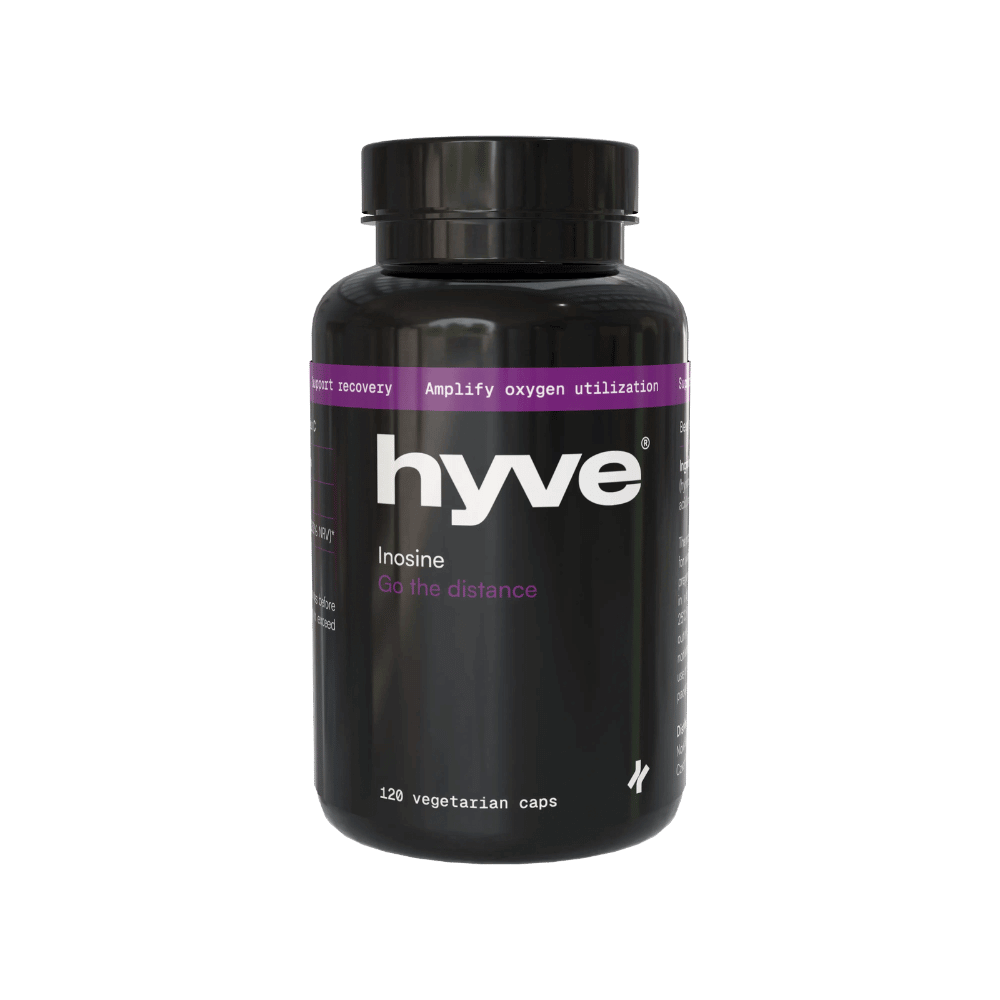
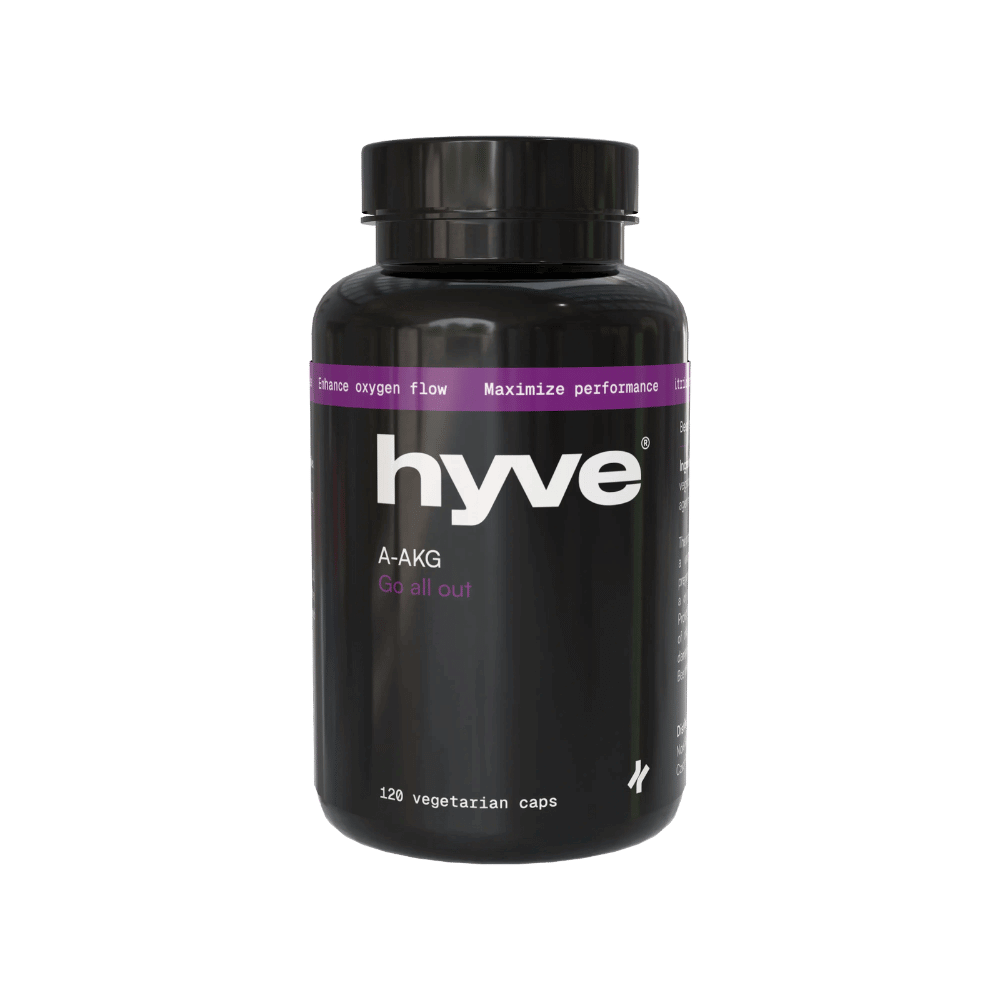
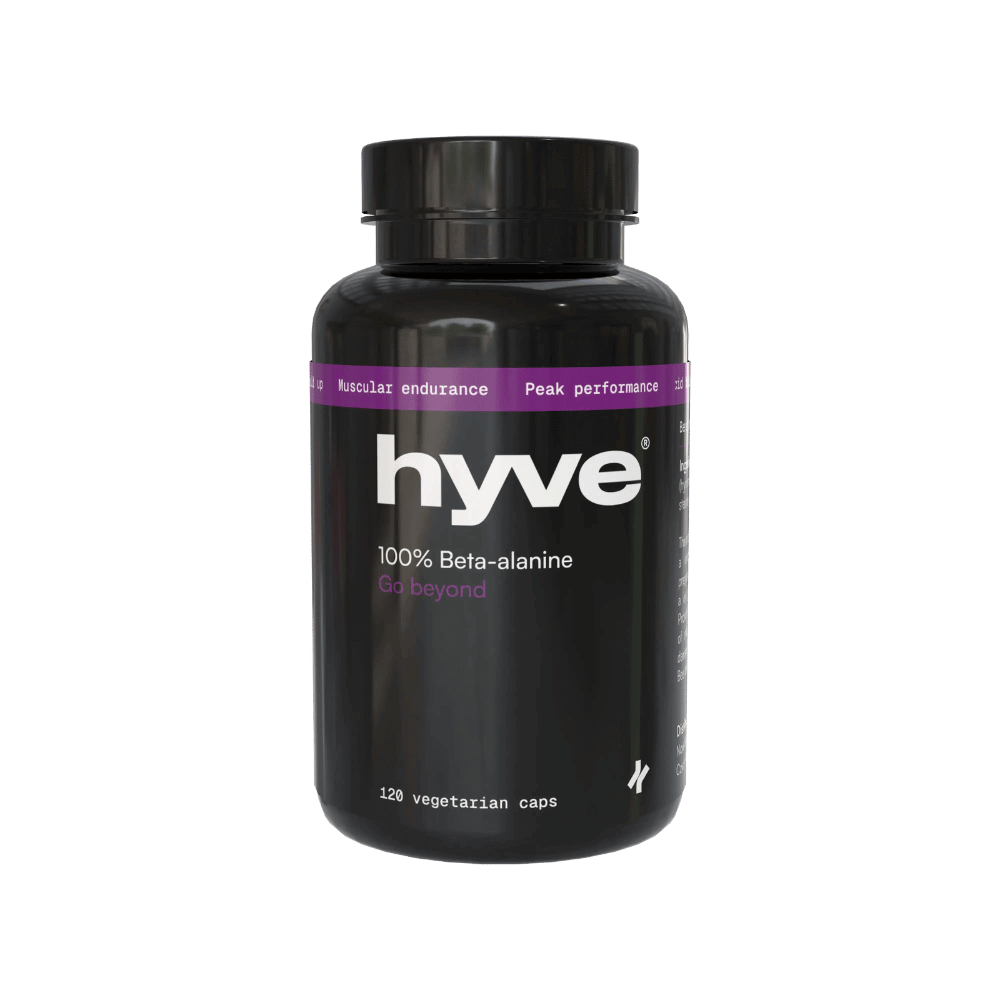
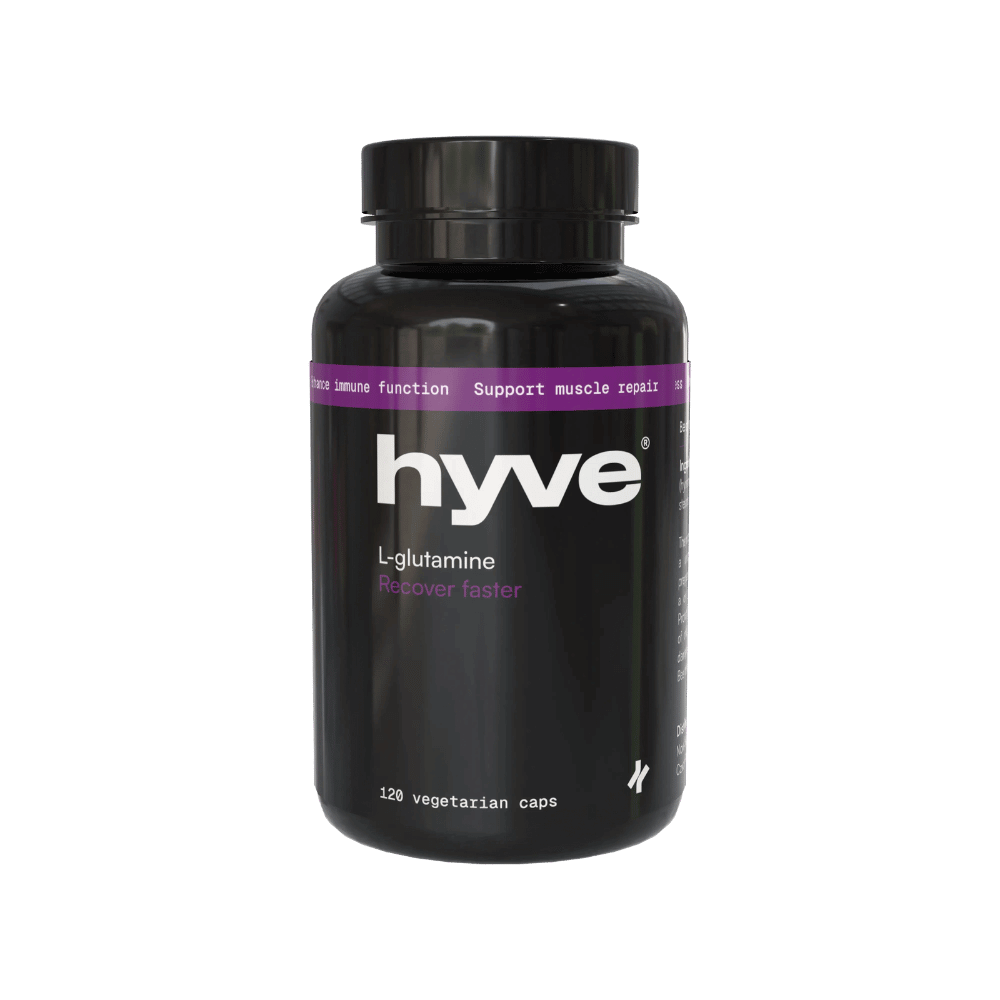
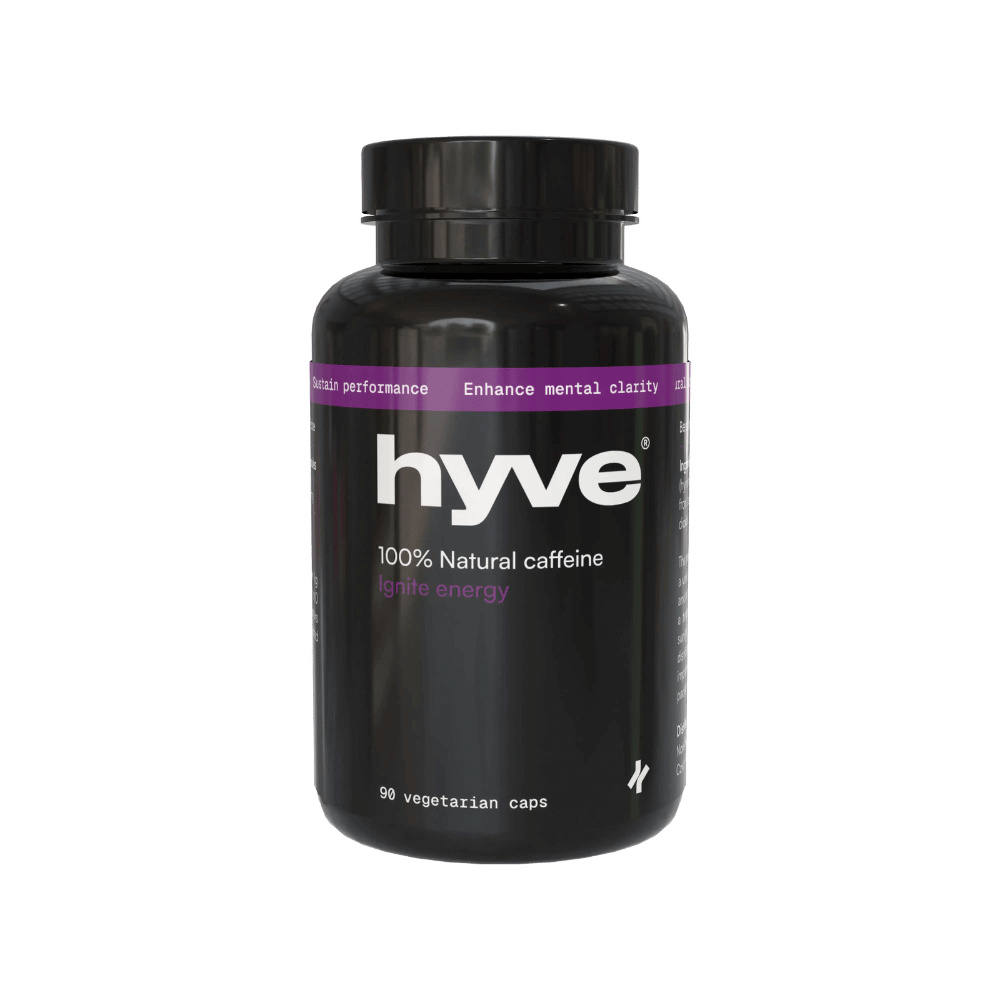
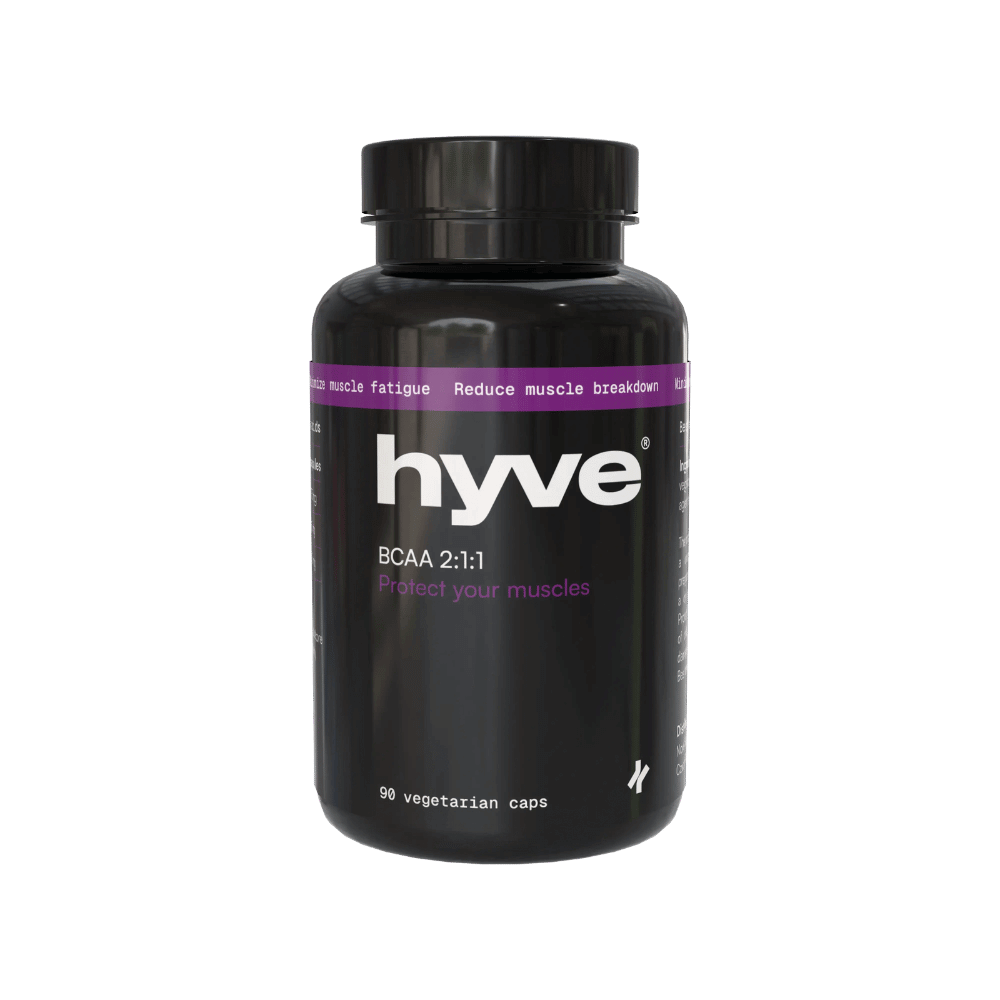
Czech bench press record - men and women
Ankle and Achilles Pain: Diagnosis and Treatment
Share: